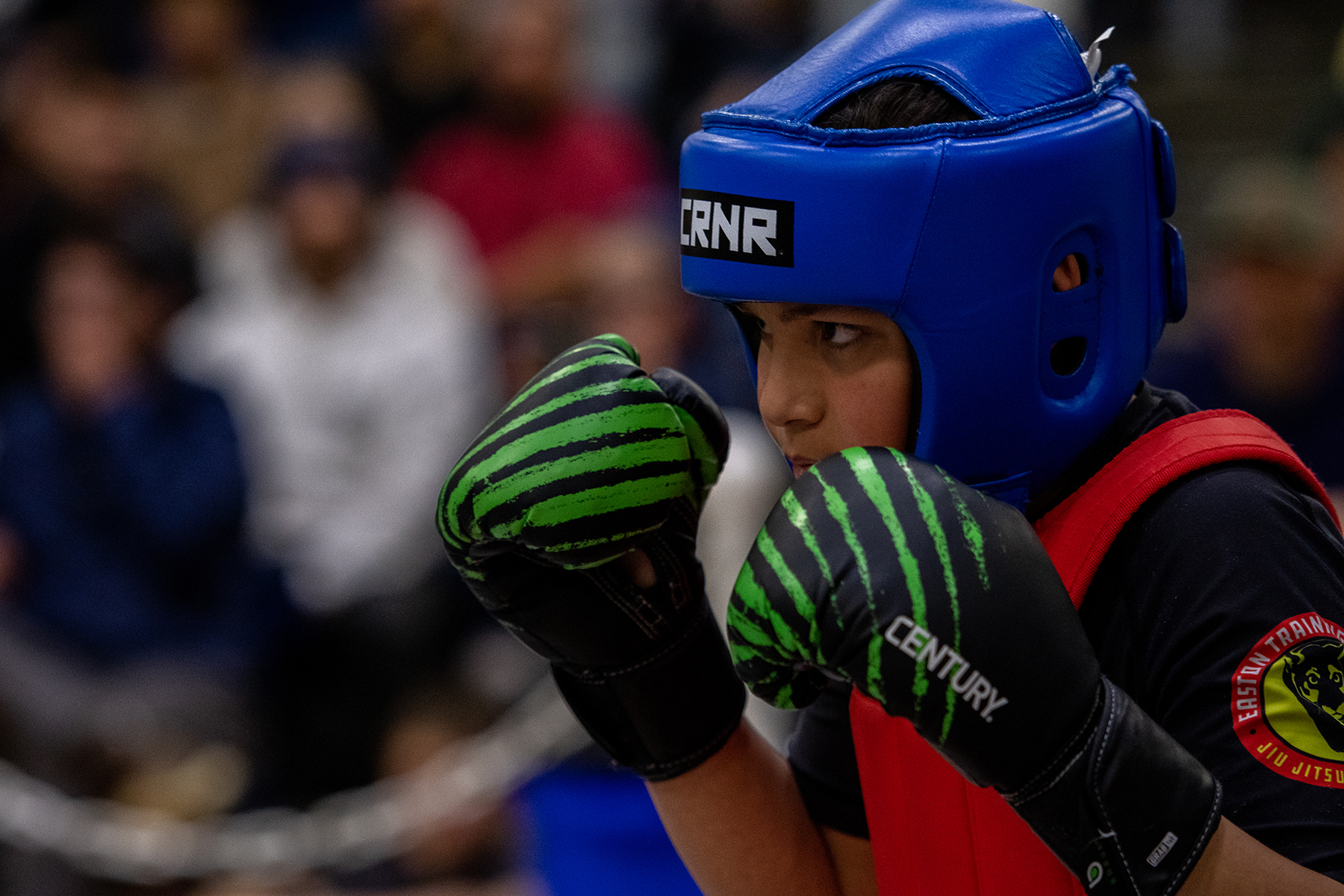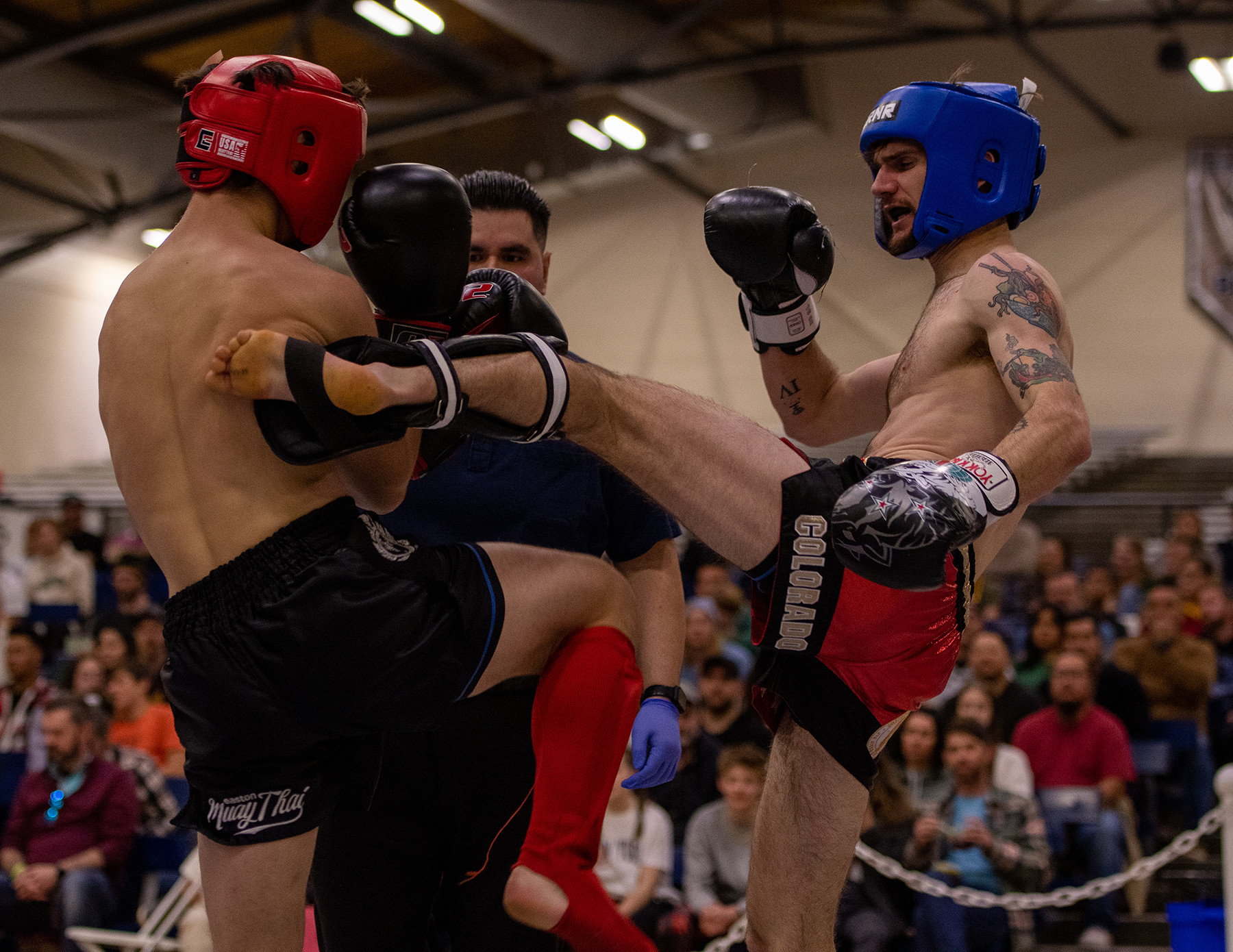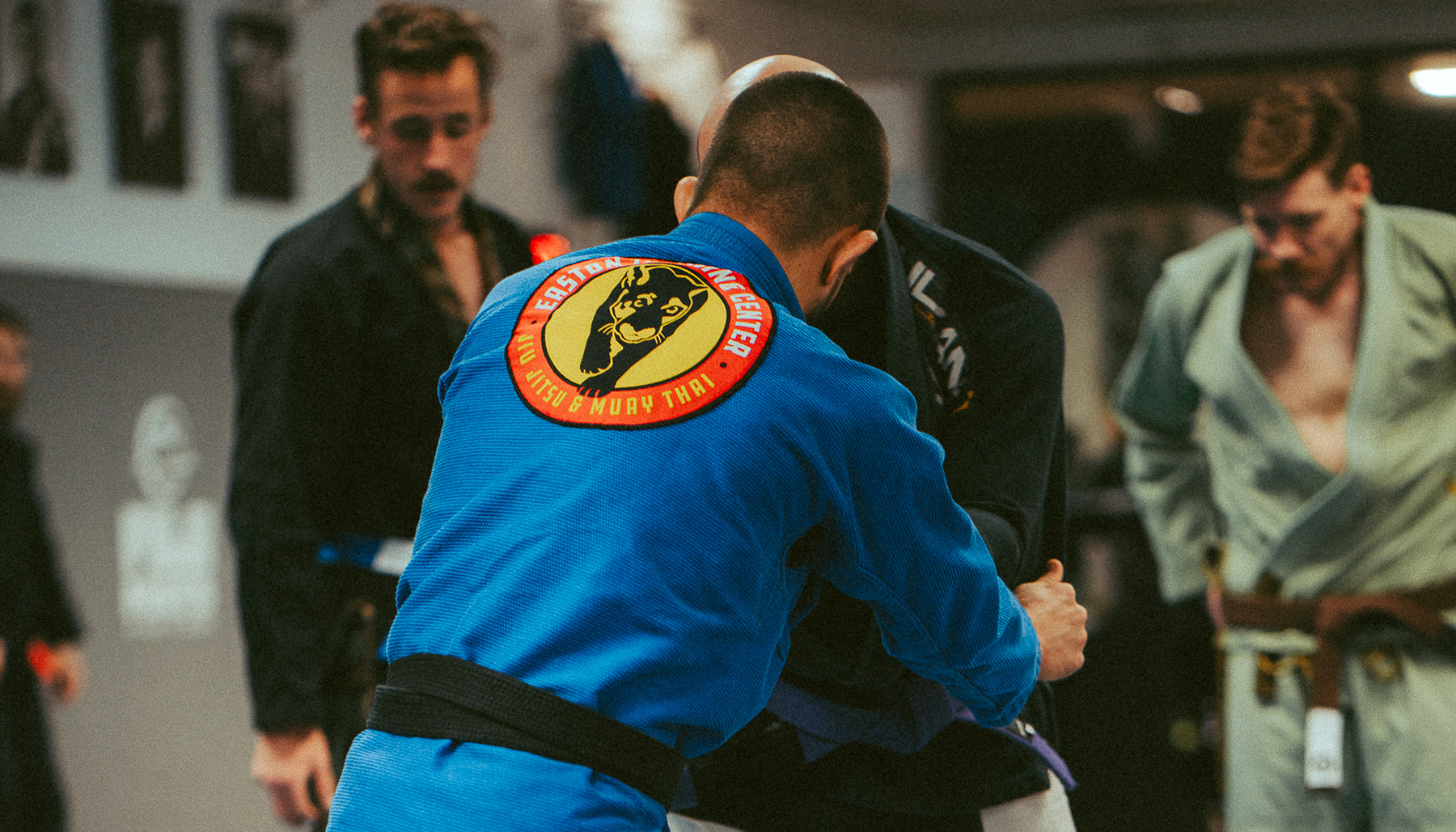Muay Thai and Brazilian Jiu Jitsu (BJJ) have become two of the most renowned and practiced martial arts worldwide, and each has a unique heritage and distinct techniques that distinguish it from other martial arts.
Muay Thai, or the “Art of Eight Limbs,” originates from Thailand and represents one of the country’s most celebrated cultural traditions. Known for its use of strikes including the fists, elbows, knees, and shins (hence the ‘eight limbs’ moniker,) it requires strength, flexibility, and a good grasp of rhythm and timing. Beyond just the physical aspect of training, Muay Thai also represents a mental one, teaching discipline, focus, and patience.

Brazilian Jiu-Jitsu on the other hand, hails from Brazil but has roots in the Japanese martial art of Judo. Unlike Muay Thai, which relies heavily on striking, BJJ is a grappling martial art that focuses on ground fighting. Driven by the key principle that a smaller, weaker person skilled in the sport can successfully defend themselves against a larger, stronger opponent, BJJ utilizes leverage and joint manipulation to defend at very close ranges.
If they cover such different territory, why are they so often taught at the same academies? How do they connect, and why does it serve us so well to train both striking and grappling?
In my experience, when trained in combination, these two martial arts can offer a symbiosis that creates a well-rounded martial artist, capable of properly negotiating a fight at any distance.

Distance matters in a fight.
The dynamics of a fight can appear quite complicated. However, when viewed through the lens of striking and grappling positions, understanding distance, called zone — can help us more anazlye and follow along.
Zones represent the various ranges from which different types of offensive and defensive techniques are effective. Understanding the game through zones becomes essential for effective engagement in a fight, especially when blending techniques from diverse martial arts such as Muay Thai and Brazilian Jiu Jitsu.

Mastery over zones allows for a seamless transition between different techniques and strategies, maximizing your overall effectiveness and survivability.
So, what do BJJ and Muay Thai offer each zone?
Zone 1 weapons
The closest range of a fight, often referred to as the Clinch or Zone 1, offers limited options for offensive striking, but grappling becomes extremely important.
In this range, where submissions and takedowns become primary tools, your Jiu Jitsu grappling skills can shine. Elbows and knees can also generate extreme impact due to the combatants’ proximity.

Very close range is the most dangerous for the everyday person. From here, an attacker can connect themselves to you and potentially control your body. If you don’t know how to untangle this knot, do damage and create space — the outcome can be deadly.
Zone 2 weapons
As we move a little further out to Zone Two, your Muay Thai arsenal begins to open up.
With more room to maneuver and generate power, boxing techniques fit more effectively here, using a blend of punching combinations.
Leg kicks also become a viable offensive option as the distance allows for proper rotation to generate force.

Zone 3 weapons
This third zone allows for a more strategic and less physically intense engagement.
Hand strikes — preferrably straight punches, given their longer reach — work well here, as well as mid-level kicks and push kicks which allow you to maintain distance and set up other attacks or wrestling shots.
Most devastating of all, a kick to the head from this zone, when delivered with power and precision, can quickly render your opponent unconscious – or worse.

Zone 4 weapons
In this zone, combatants are essentially out of range of each other’s attacks. Zone Four gets into the realm of movement, positioning, and planning, emphasizing strategic maneuvering instead of direct engagement.
From here, you can leverage your Muay Thai strategies to reposition and close the distance, setting up effective attacks as both fighters move back into closer zones.

Similarities between Jiu Jitsu and Muay Thai
While BJJ and Muay Thai hold two distinct sides of the mat, their mutual respect for grappling and conditioning — both physical and psychological — makes them not just complementary fighting styles to practice, but a symbiotic relationship to explore.
Importance of clinching
Both Muay Thai and BJJ require a solid understanding of the clinch — a standing grappling technique often used in BJJ to control the opponent before taking them to the ground. In Muay Thai, fighters use the clinch to control their opponent while delivering close-range strikes.
An effective clinch can make a powerful weapon regardless of your fighting style; the ability to control, maneuver, and neutralize the opponent in a clinch scenario holds significant importance to both disciplines. Clinching techniques you learn in Muay Thai can enhance your ability to control your opponent in BJJ, and vice versa.
Physical and psychological development
When training in both BJJ and Muay Thai, the benefits go beyond learning effective combatives techniques. Both martial arts promote physical and psychological growth through the development of endurance.
In BJJ, the nature of grappling and the necessity to maintain control over an opponent for extended periods relies heavily on your cardiorespiratory and muscular endurance.
Similarly, Muay Thai training involves high-intensity drills, sparring, and pad work that demand excellent cardiovascular endurance. By practicing both martial arts, you can effectively improve your endurance and overall fitness level.
BJJ and Muay Thai also foster mental toughness, as both martial arts often place you in uncomfortable and challenging situations. In BJJ, you will undoubtedly at some point find yourself mounted by a heavier, sweatier opponent. While under extreme duress to escape the position, you’ll find yourself in even more dire straits, and on the receiving end of even more discomfort.
In Muay Thai, you have to remain composed and tactical even when under a barrage of strikes and in the depths of extreme fatigue. These experiences build resilience and the ability to remain calm under pressure, traits beneficial in all areas of life.

Why do we need both striking and grappling skills?
In the world of martial arts, you need both striking and grappling for an all-around effective fighting strategy.
You’ll never choreograph a fight to your liking. Things rarely end up going as planned, and eventually combat will bring you to a clinch that limits your striking. In such instances, grappling techniques become crucial.
The ability to connect and disconnect at will from your opponent is a powerful skillset. You have the choice to stay connected and attack with short strikes, takedowns and submissions. Or, if you choose, you can disengage and create distance.
In sports that capitalize on openings and advantage, the ability to move easily between all zones and possibilities can maximize the damage you deal and minimize the damage you absorb. Only through the study of both Muay Thai and Jiu Jitsu can you begin to blend and amplify all the tools in your arsenal.

When a fight goes to the ground
In general, ground fighting is not ideal. The ground decreases mobility as well as situational awareness, and if the attacker has companions, the ground itself becomes a hazardous tool; slams are a very dangerous weapon.
If the fight goes to the ground, both BJJ and Muay Thai can help make it on your terms.
A solid Muay Thai practitioner knows how to keep a fight confined to zones 2-4; teeps, round kicks and straight punches can be very dissuasive. If forced into a clinch, short strikes will open up takedown opportunities, at which point the martial artist can really go to work.
While on the ground, strikes open up grappling opportunities, and good grappling control offers up striking opportunities. Back and forth it will go, and the fight will continue to tip in your favor with every mistake your opponent makes.
Train both martial arts at Easton Training Center
These complementary fighting styles require a combination of mental acuity, physical prowess, and strategic thinking, and you can learn both at Easton Training Center. While Muay Thai provides a strong foundation in striking and clinching techniques, BJJ excels in controlling your opponent on the ground.
This synergy allows practitioners to handle confrontations at any distance and in any position, making the pairing of BJJ and Muay Thai a comprehensive approach to self-defense and martial arts training.
If you’re interested in exploring these martial arts, reach out to the Easton academy closest to you. They’ll help you schedule a trial class that works with your schedule and offer any introductory information you’ll need.
Start with either a regular fundamentals BJJ or Kickboxing class to establish an understanding of the art, and over time, with consistent practice, you’ll transform into a very different version of yourself.
In the end, whether you’re aiming for self-defense, fitness, or competition, the combination of BJJ and Muay Thai offers a robust and comprehensive martial arts experience. Training in both at the Easton Training Center allows you to explore these connections firsthand, guided by experienced and dedicated instructors.






